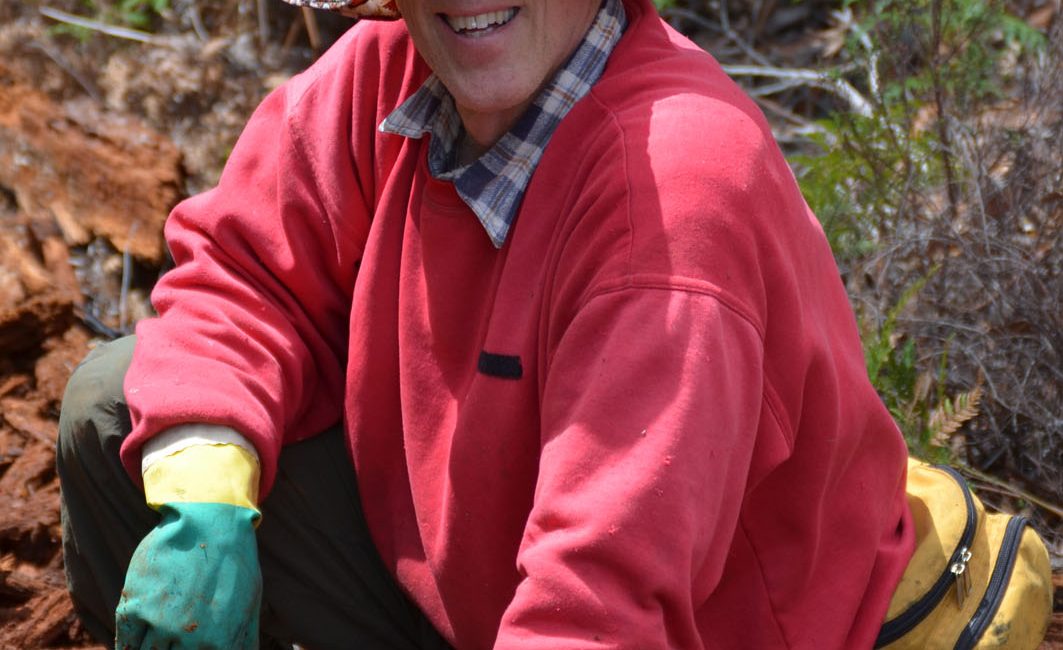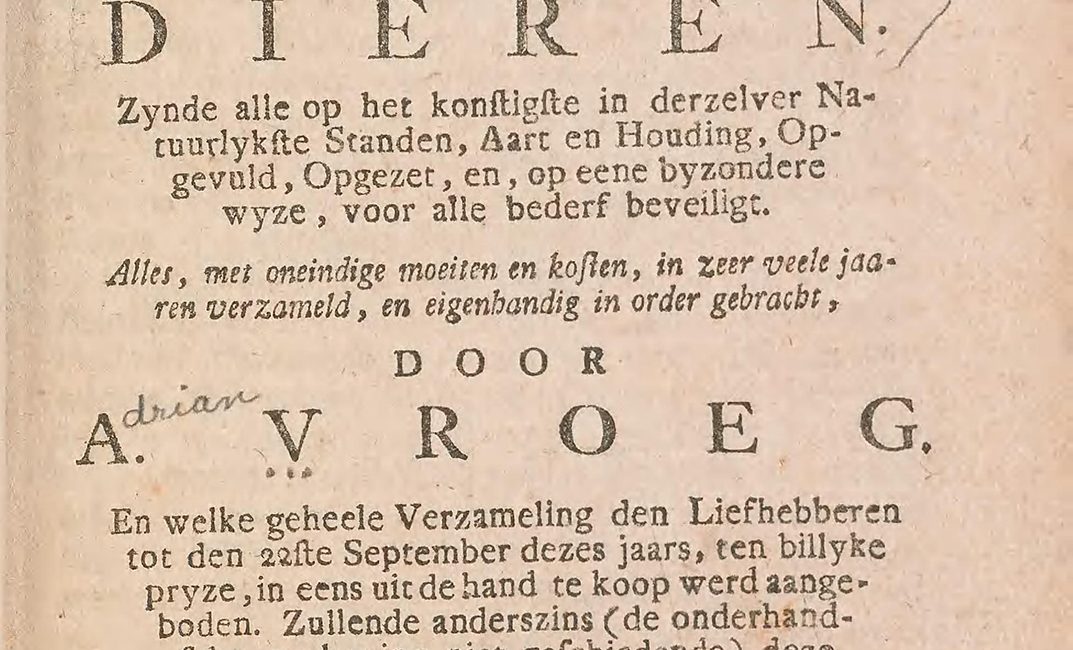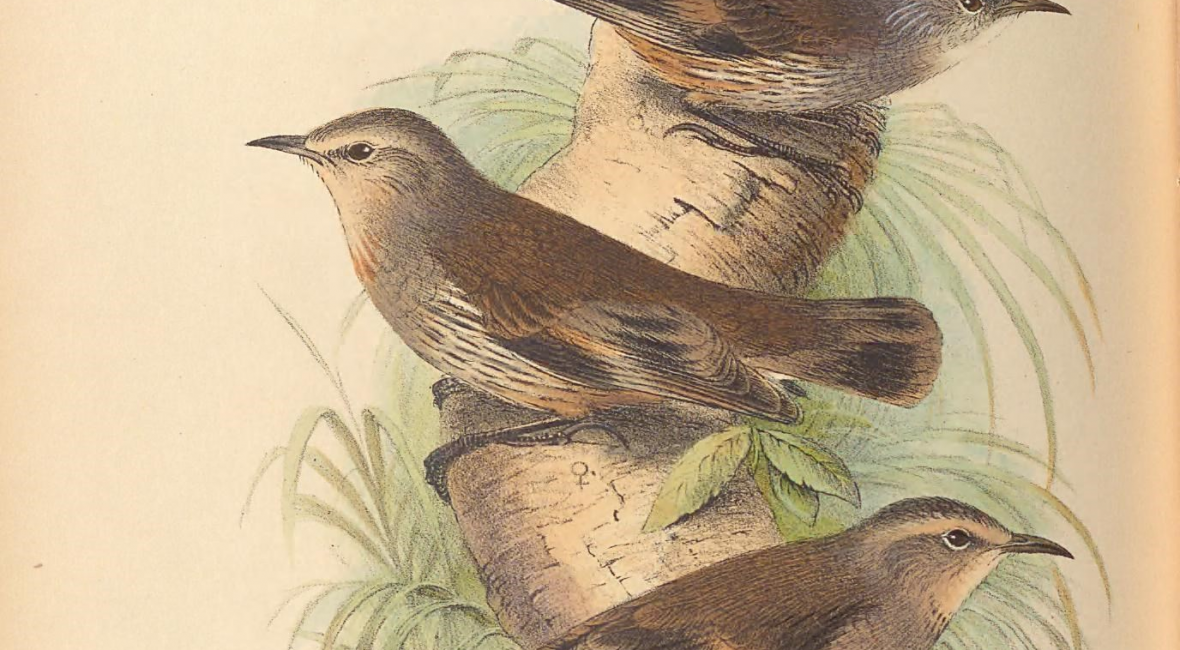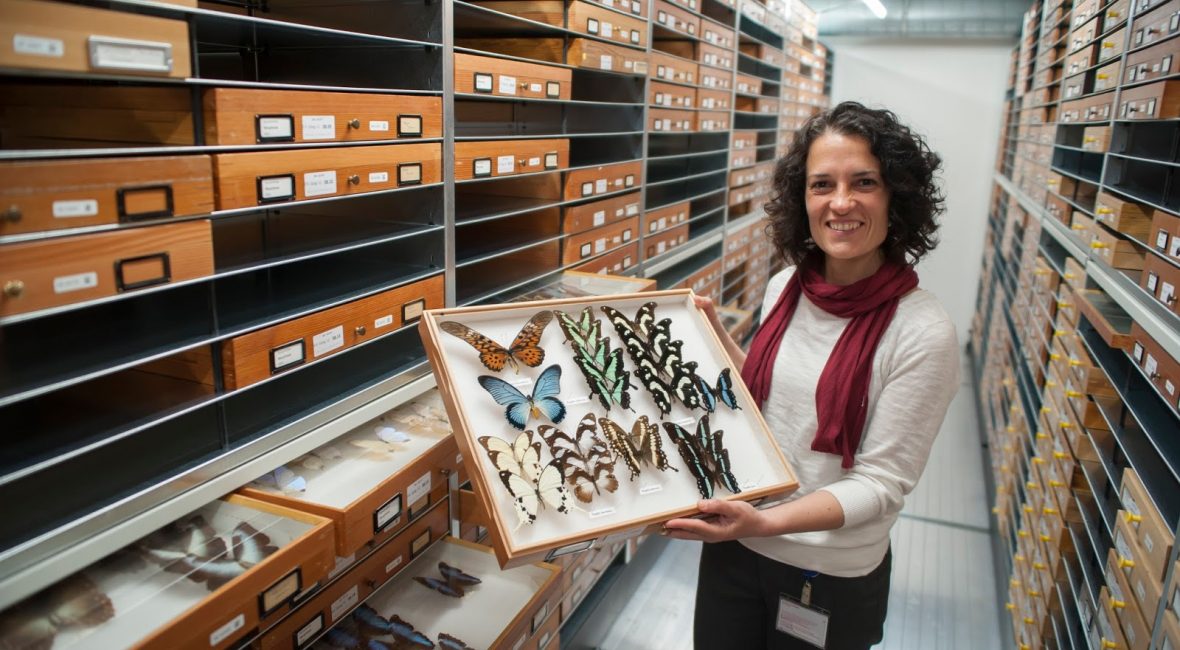As an early work in the history of Linnaean taxonomy, Beredeneerde catalogus van eene, by uitstek fraaye en weergaalooze verzameling, zoo van inlandsche als uitheemsche vogelen, viervoetige en gekorvene dieren (i.e. Vroeg’s Catalogue, 1764) by Adrian Vroeg is the source of dozens of new species of birds. Published just six years after the 10th edition of Linnaeus’ Systema Naturae — considered the starting point of zoological nomenclature — the work is extremely rare, with only a handful of copies known to exist worldwide.
Because of the work’s age and rarity, first-hand access to the title has been difficult, and many researchers have had to rely on secondary sources for Vroeg’s names, which may have introduced errors or even overlooked the priority of a name established by Vroeg.
“It is absolutely rare that the scientific community gets access to such an early work in which new names were established after 1758,” explains Dr. Francisco Welter-Schultes of the Zoological Institute of Göttingen University in Germany. “Imagine being able to finally view an original spelling of a name that might not have been verified for more than 100 years. Generations of scientists never reliably saw the correct spellings of these names.”
Continue reading













